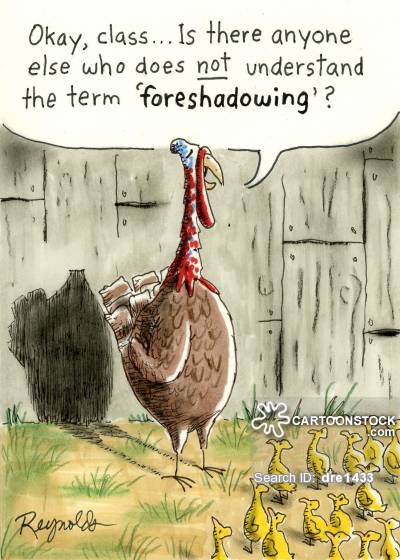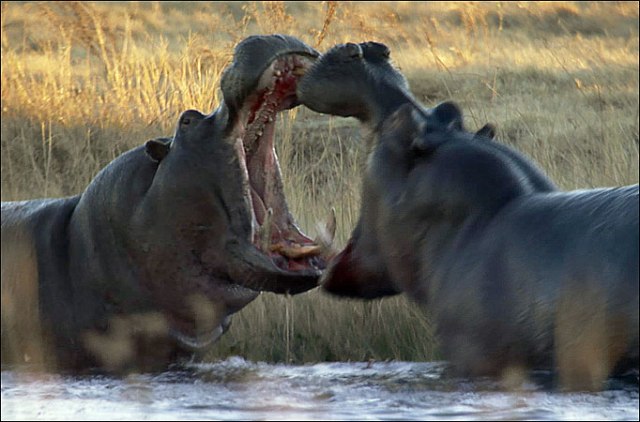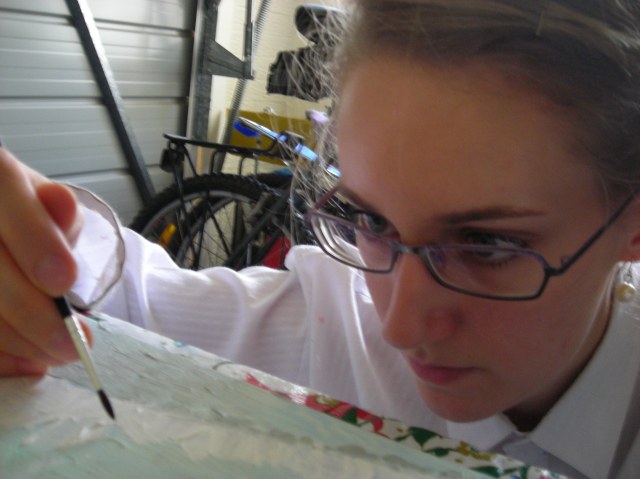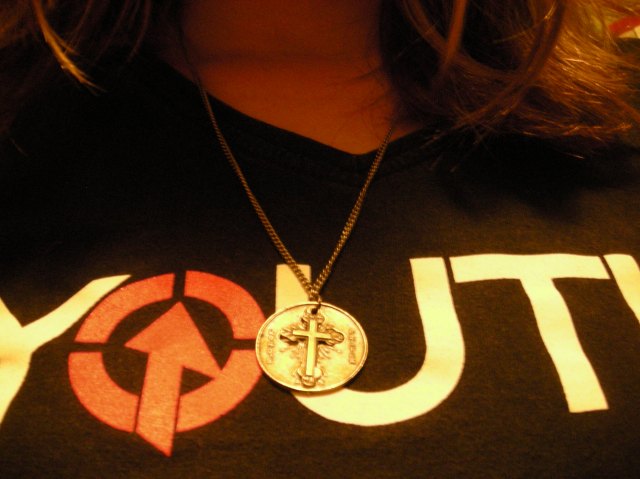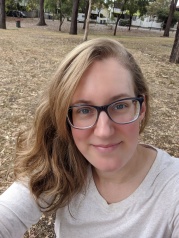At the Perth Writers Festival THIS SATURDAY (21 Feb 2015), you can hear David Roland speak about his book How I Rescued My Brain (Scribe) and how structured life writing (and narrative therapy) can lead to emotional resolution by turning subconscious memories into conscious concepts.
I’m still learning about this topic, but I’m reading a psychology book at the moment about it, Narrative Therapy by Gene Combs and Jill Freedman, so this post will have a follow-up post once I’ve really got my head around it. Normally I wouldn’t post about a topic until I’d done my research, but I figured if you want to go to his event and find out more, you need to know it’s happening now!
Narrative therapy is when you write about an event that has happened to you so that you can see the whole “story arc” of what happened for yourself and gain a better understanding of why it happened, how it came about, and what the resolution of it is.
I picked the Combs/Freedman book up for the concept itself. Closure! Resolution! A better way to think about ourselves and our life events. It’s useful for lots of things. Trauma patients, depressed patients, or people who want to write so they can see the bigger picture they want for their life – e.g. when they’re going through a big change like changing careers or having kids.
For us creators, it’s important because narrative therapy helps us to think outside the box of our own circular thinking, and that thought-stretching can give us better neural plasticity, as David Roland’s book (below) tells us. And neural plasticity means the ability to think of new ideas and be more creative, so it’s worth finding out more about… (Plus narrative writing therapy is good practise at writing a cohesive story!)
David Roland says “life writing” (narrative therapy) enables us to do lots of different useful things, from moving through difficult times, to heightening positive experiences, to learning new things. In his case, Roland had to relearn things his brain already knew, but had forgotten, after he had what doctors assumed was a “stroke-like” event. He was a forensic psychologist who ended up in the emergency ward one day with no idea how he got there. His book is the story of his neurological breakdown and how he made his remarkable cognitive recovery. You can read more about the book here and buy tickets to his talk here.
And for a distinctly Christian perspective on neural plasticity, check out Switched On My Brain by Caroline Leaf PhD: http://www.koorong.com/search/product/switch-on-your-brain-caroline-leaf/9780801016240.jhtml According to researchers, the vast majority (about three quarters) of the illnesses that plague us today are a direct result of our thought life and the toxins that are caused by negative thinking patterns. What we think about definitely affects both our emotional and our physical health. Dr Leaf tells us how to think positive while keeping mindfully focussed on God, not just “empty” meditation. This book has been highly recommended by a few people now, so it is next on my to-read list!
This post was written by TJ Withers-Ryan, (C) 2015. Reblogging is always highly encouraged, as long as you cite me as the author.

